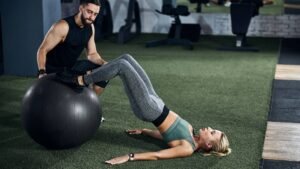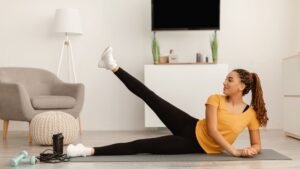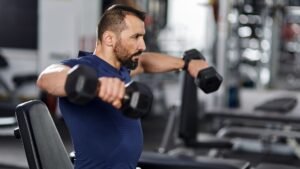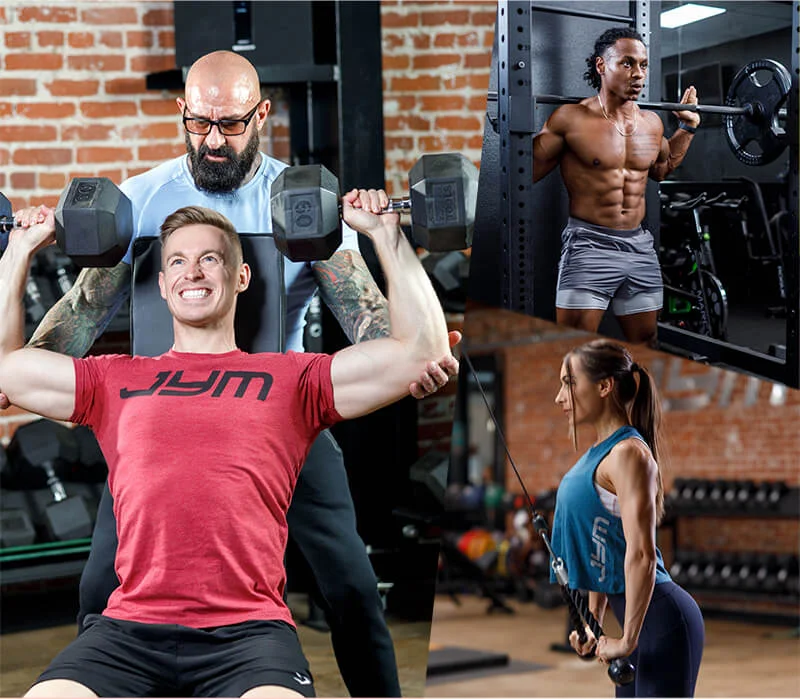Whether you’re an athlete, office worker, or someone simply looking to move better and feel better, incorporating stretching exercises into your routine is essential. Stretching improves flexibility, increases circulation, reduces muscle tension, and can even prevent injuries.
In this post, we’ll explore the benefits of stretching, types of stretching exercises, and how to create a balanced routine for your lifestyle.
Why Are Stretching Exercises Important?
Stretching exercises help lengthen tight muscles, restore range of motion, and improve overall physical performance. As we age or lead sedentary lives, our muscles can become shortened and stiff, increasing the risk of pain and injury.
Here are key benefits of regular stretching:
Improves flexibility and joint mobility
Enhances athletic performance
Reduces risk of injury
Promotes better posture
Relieves muscle tension and soreness
Encourages relaxation and stress relief
Types of Stretching Exercises
There are several types of stretching exercises, each with unique benefits. A well-rounded flexibility routine should include a combination of these:
1. Static Stretching
Holding a stretch for 15–60 seconds. Best done after a workout when muscles are warm.
Examples:
Hamstring stretch
Quad stretch
Shoulder stretch
2. Dynamic Stretching
Controlled movements that warm up the body and increase range of motion. Ideal before workouts.
Examples:
Arm circles
Leg swings
Walking lunges
3. Passive Stretching
Using an external force (like a strap or partner) to deepen a stretch. Helps increase flexibility.
Examples:
Assisted hamstring stretch
Wall chest stretch
4. PNF Stretching (Proprioceptive Neuromuscular Facilitation)
Combines contraction and relaxation of muscles to improve flexibility. Often done with a partner.
Example:
Contract-relax hamstring stretch
Effective Full-Body Stretching Exercises
Here are some of the best stretching exercises you can include in your daily routine:
Neck Stretch
Gently tilt your head to one side, bringing your ear toward your shoulder. Hold and repeat on the other side.
Shoulder Stretch
Bring one arm across your chest and use the opposite hand to press it closer to your body.
Chest Opener
Clasp your hands behind your back and gently lift them while opening your chest.
Cat-Cow Stretch
A dynamic spine movement to improve flexibility in the back and neck.
Seated Forward Fold
Sit with legs extended and slowly reach toward your toes to stretch the hamstrings and lower back.
Hip Flexor Stretch
Step one foot forward into a lunge position and gently press the hips forward to stretch the hip flexors.
Calf Stretch
Place your hands on a wall, step one foot back, and press the heel down to stretch the calf.
Sample Daily Stretching Routine
Spend 5–10 minutes doing this full-body stretch routine:
Neck Stretch – 20 seconds each side
Shoulder Stretch – 20 seconds each arm
Cat-Cow – 8 reps
Seated Forward Fold – 30 seconds
Hip Flexor Stretch – 30 seconds each side
Calf Stretch – 30 seconds each leg
Repeat daily, especially after workouts or long periods of sitting.
Tips for Safe and Effective Stretching
Never stretch cold muscles—warm up with light activity first
Breathe deeply to help muscles relax and lengthen
Avoid bouncing—hold stretches steadily
Stretch consistently for long-term results
Listen to your body—stop if you feel sharp pain
Final Thoughts
Incorporating stretching exercises into your daily routine is one of the easiest and most effective ways to support overall health and mobility. Whether you’re preparing for a workout, recovering from one, or just starting your fitness journey, regular stretching can enhance performance, reduce pain, and improve your quality of life.
Make it a habit—your body will thank you for it.






